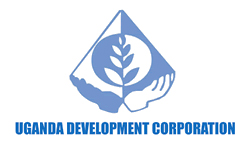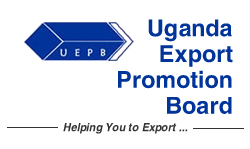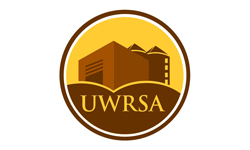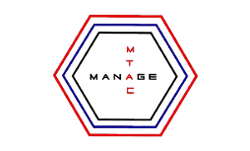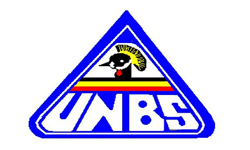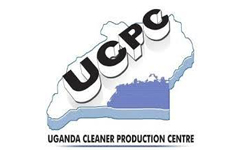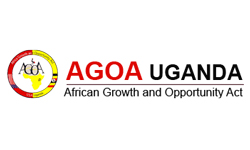OVOP Program Implementation As An Integrated Community Activation Program Through Buiness
The implementation of OVOP program is designed to stimulate local communities through development of model enterprises that competitively and sustainably produce quality products and services. The program implementation is not only limited to processing of raw materials but also provision of unique services.
Human resource development is central to the success of OVOP program implementation through activation of rural communities. The local people are the subject for the success of OVOP movement and they should be supported by the local leadership and community based organisations in implementing their activities. The supported enterprises must fully own their businesses and market their products/services while the government provides technical support for capacity development, product quality improvement and establishment of market linkages.
Three Concepts Guiding Implementation of OVOP Program
Successful implementation of OVOP program is being guided by three key principles that include:
a) Thinking Globally and Acting Locally:
Participating communities use local wisdom to transform their resources into unique products/services.
b) Human Capacity Development:
Human resource development is the most essential technical service extended to the participating groups through development of a business mind.
c) Self Reliance and Creativity:
The government facilitates the OVOP movement implementation process by providing technical support through networking of activities and provision of market information and the supported model enterprises are not given special subsidies directly. Participating members use their local ingenuity to effectively manage their businesses.
Value addition is not only limited to processing but takes any of the following different forms:
1) Production of a Special Variety of a product
2) Provision of specially designed Services
3) Using specific Production Processes
4) Identification and Utilisation of Unique Regional Futures
5) Traditional way of doing things
6) Packaging and Design
7) Labelling
The Current OVOP Program Implementation Outreach System
a) Physical Assessment of Identified Model Enterprises:
The OVOP technical teams in collaboration with district commercial officer’s identify model enterprises and this is followed by a physical assessment exercise that critically analyses the following issues:
1) The challenges and gaps within the selected cooperative groups and discuss the possible areas of intervention
2) Availability of Business Plans in the selected Model Groups:
3) The availability of raw materials & their quantities for value addition.
4) The specific value addition activities that the selected model groups are engaged in and their products or services.
5) The level of group management & membership and for groups that are not registered as cooperatives, they are encouraged to do so for ease of mobilization of financial resources.
6) The availability processing facilities
7) The type of processing equipment needed to improve the product quality.
b) OVOP Program Model Groups Selection Criteria:
After the physical assessment of the identified enterprises, model enterprises are selected based on the following factors:
1. The level of community empowerment by the enterprise
2. The market potential of the products
3. Gender balance within the group
4. Level of leadership within the group
5. The level of sustainability within the group
6. The level of creativity within the group
It must be noted that a high level of collaboration between the OVOP program technical team, local government leadership and the participating groups is essential for effective and successful implementation of OVOP program.

